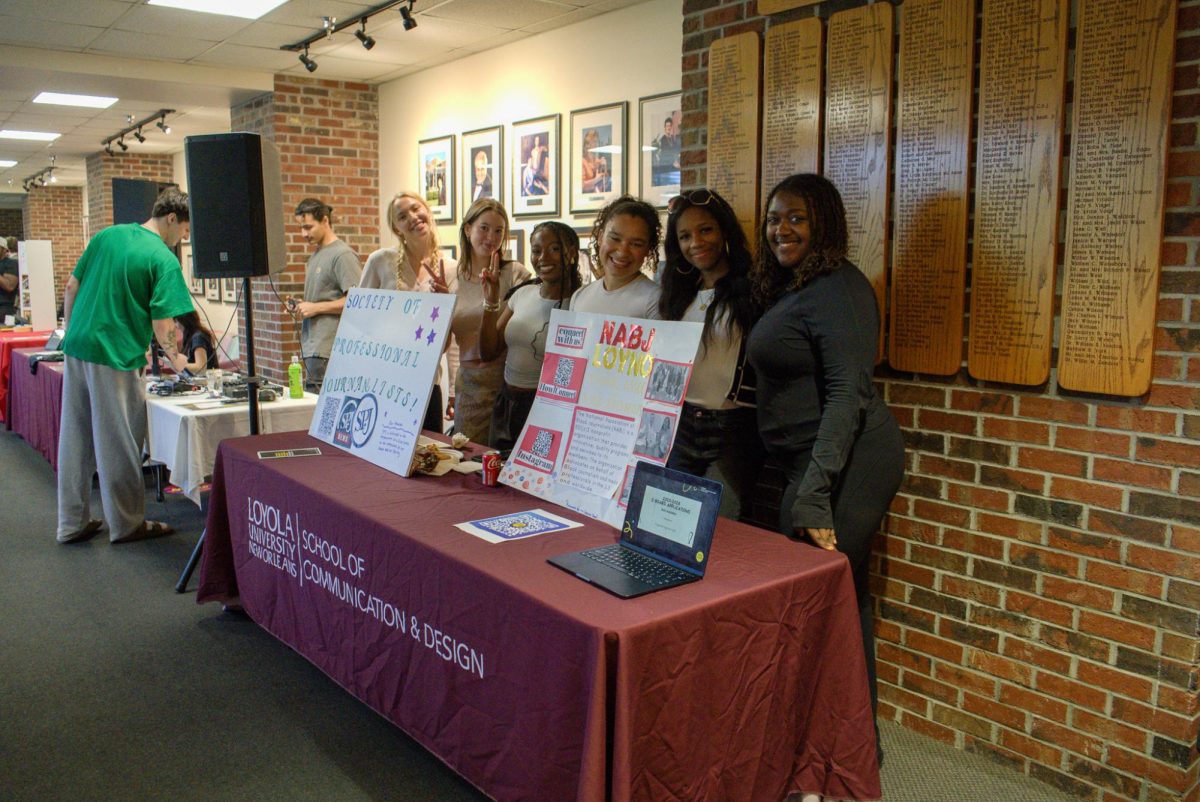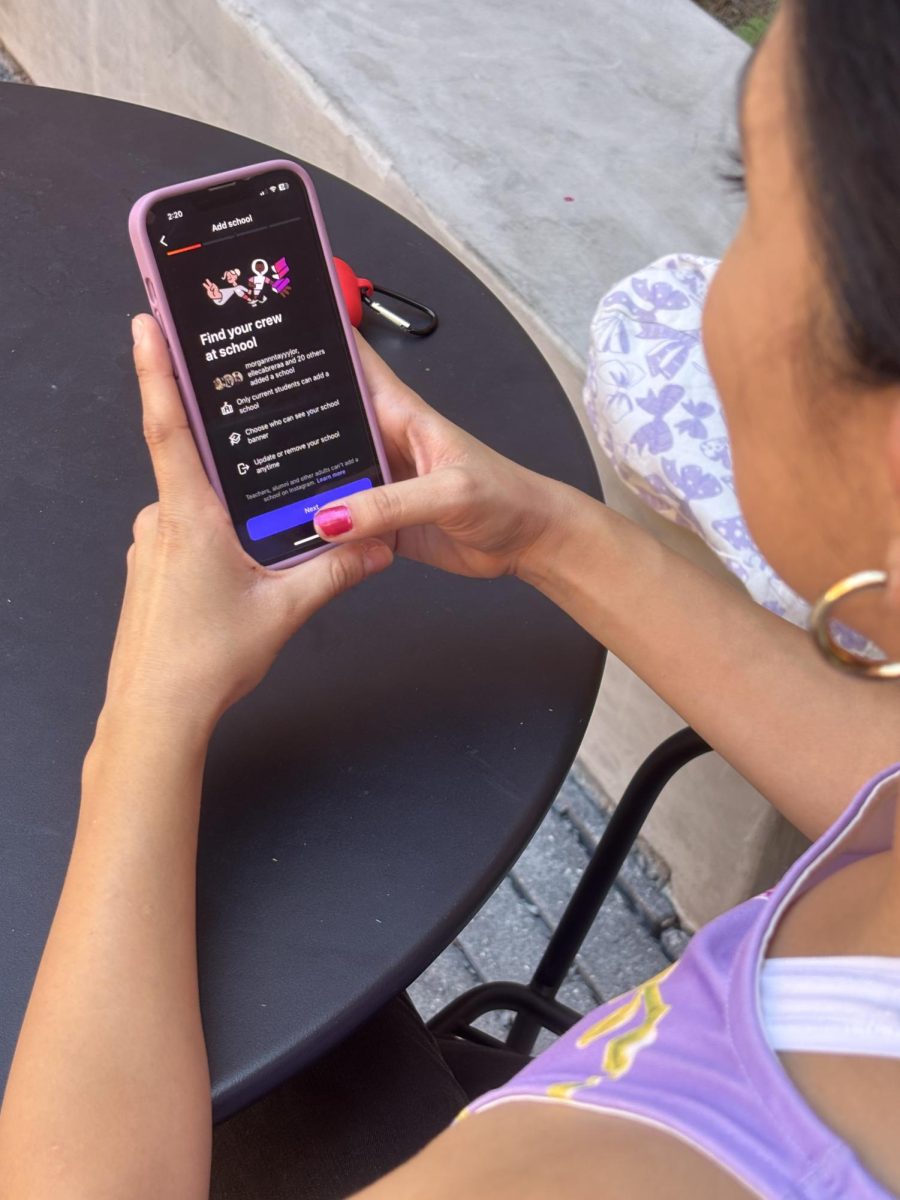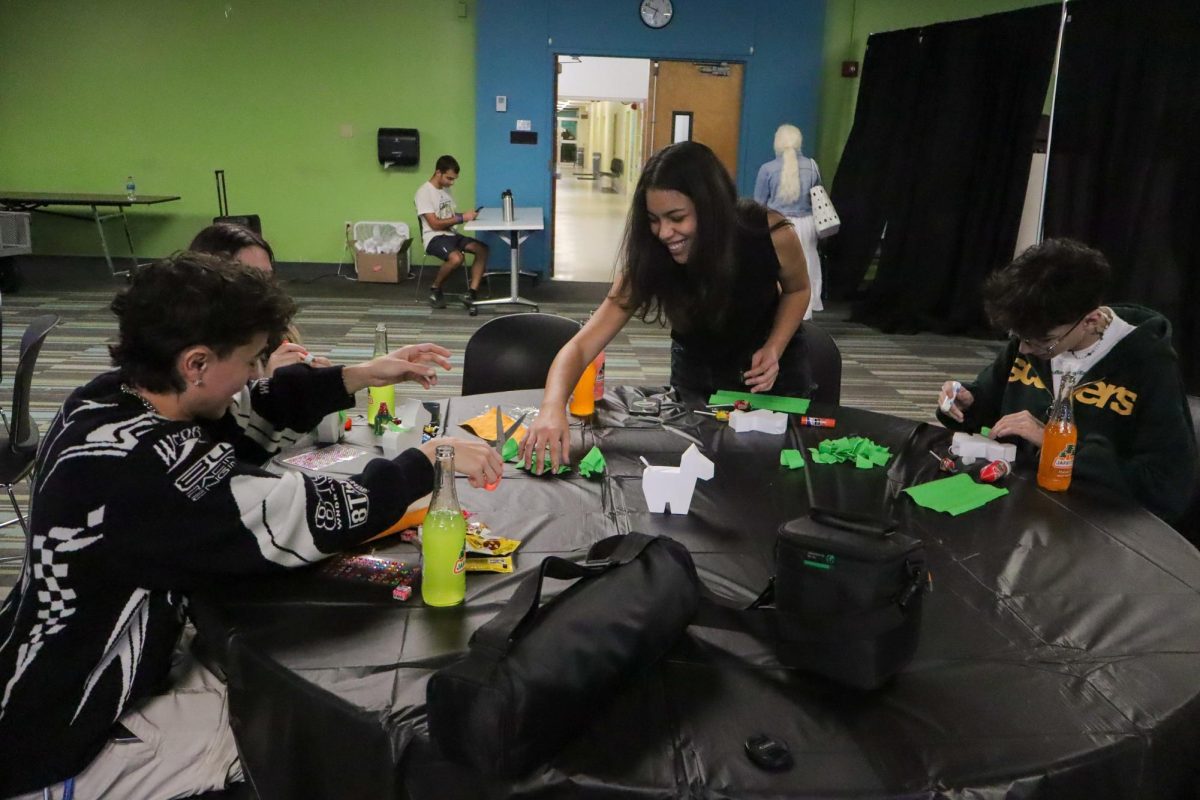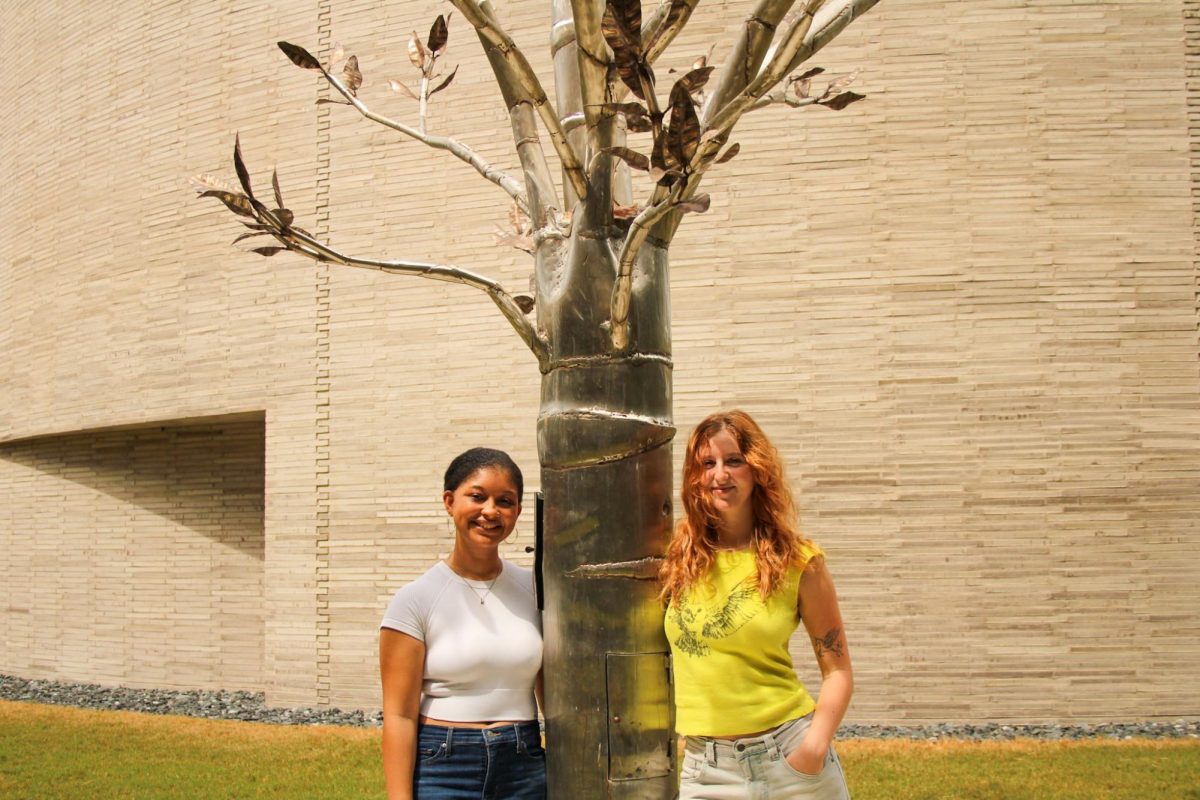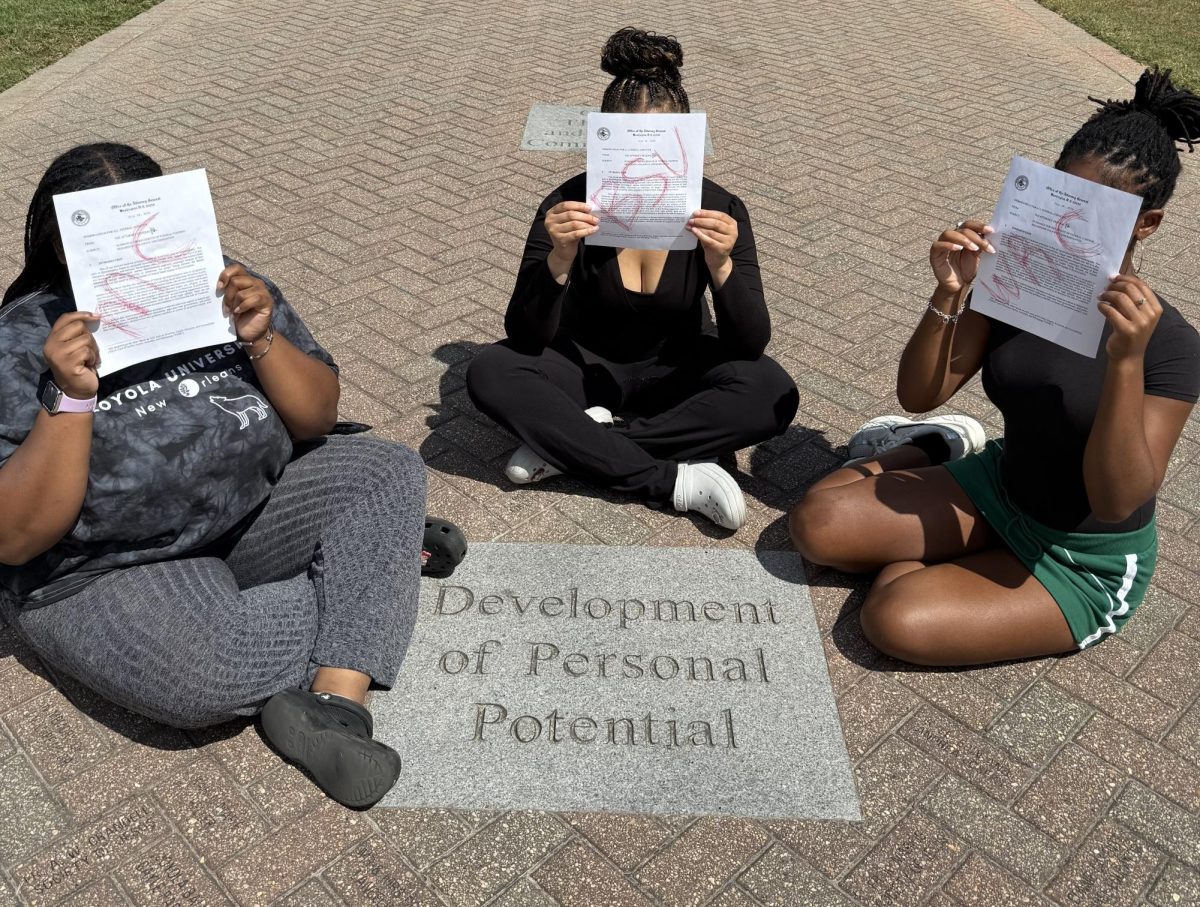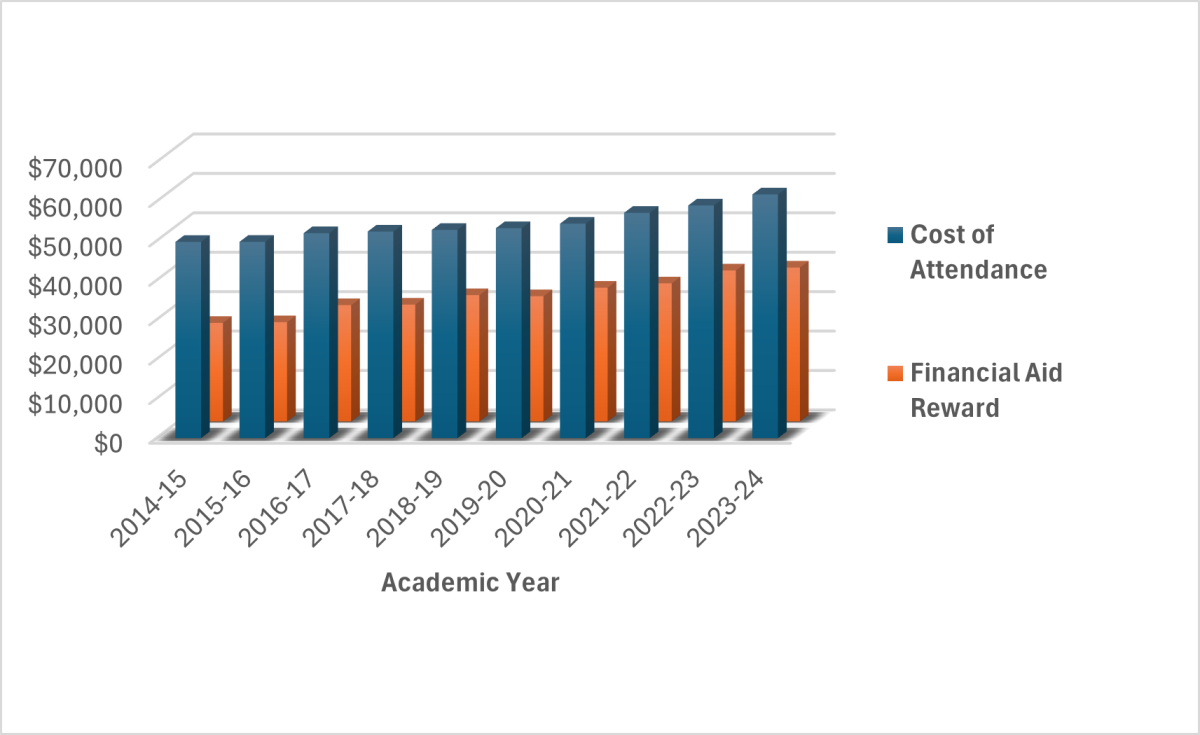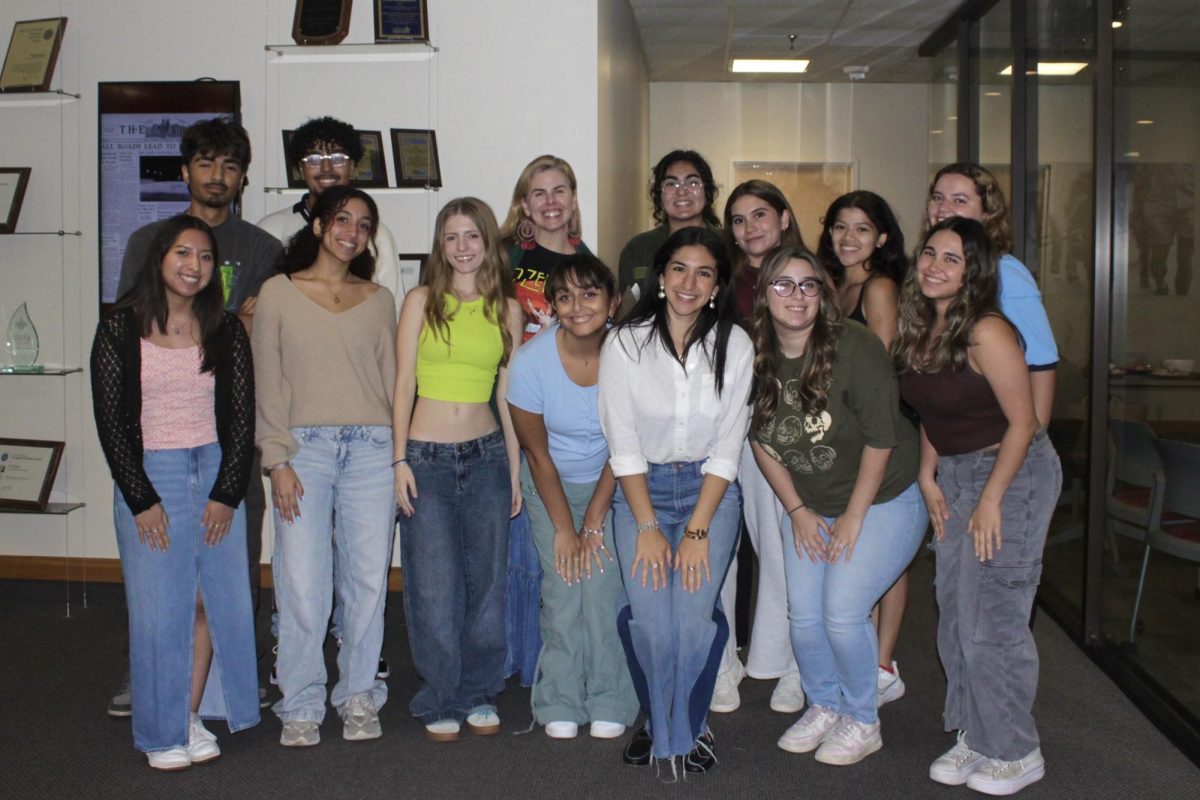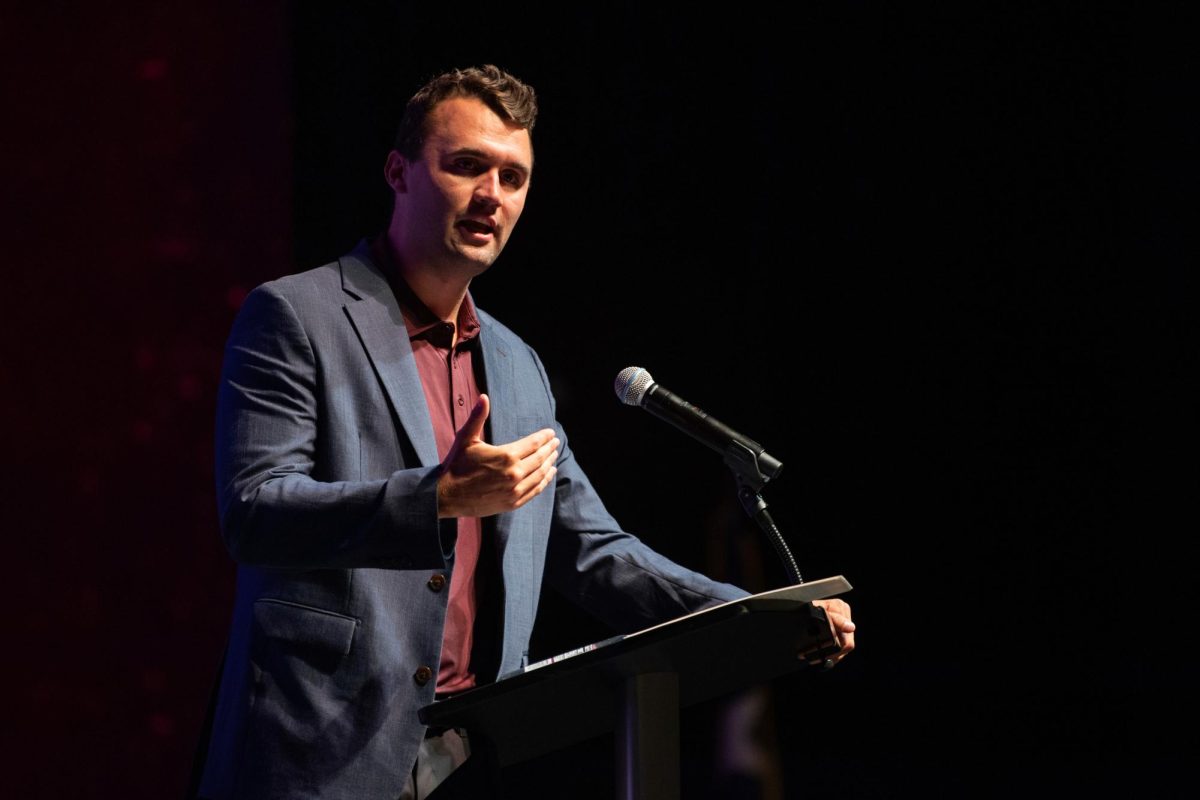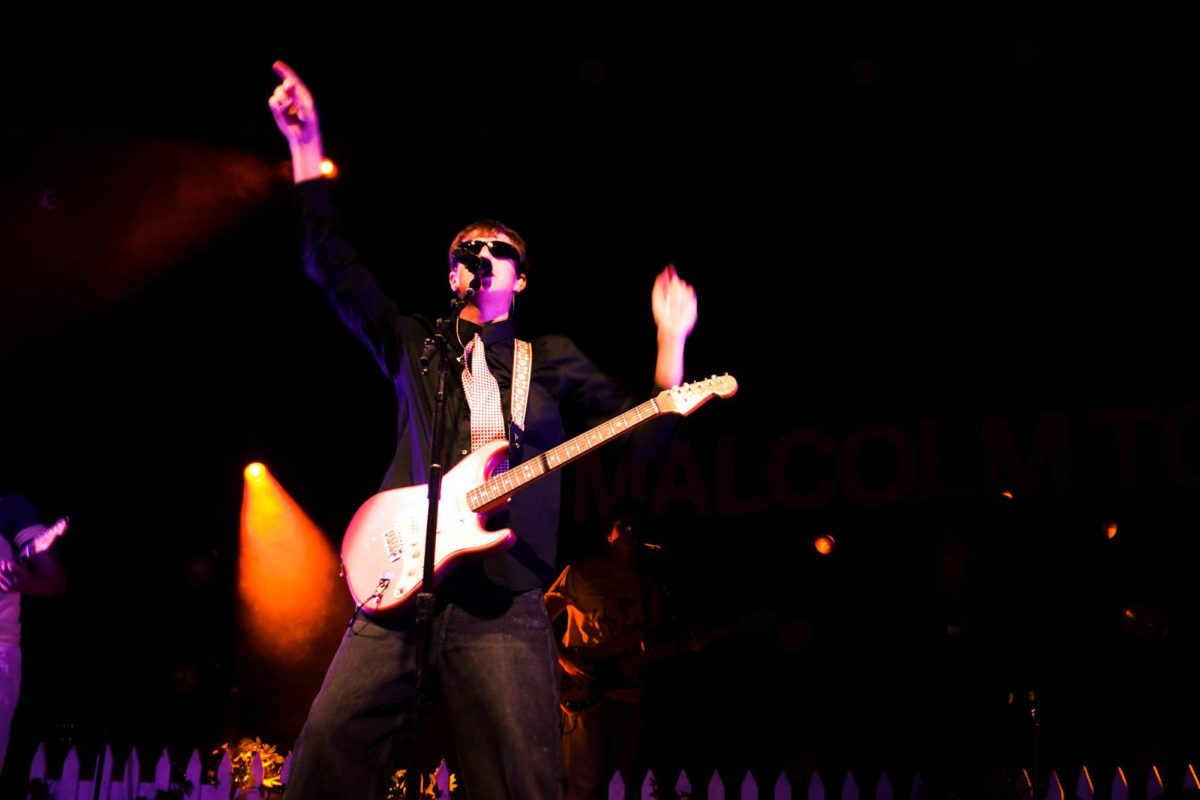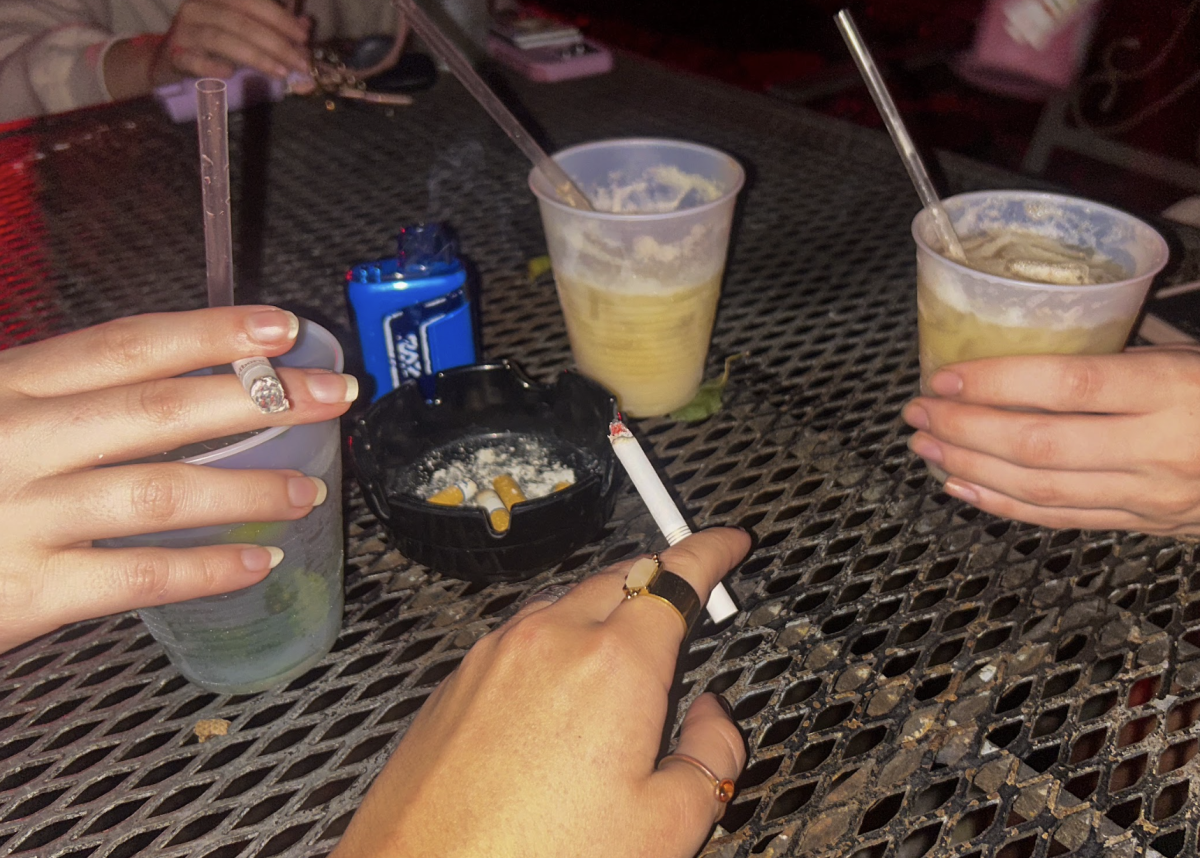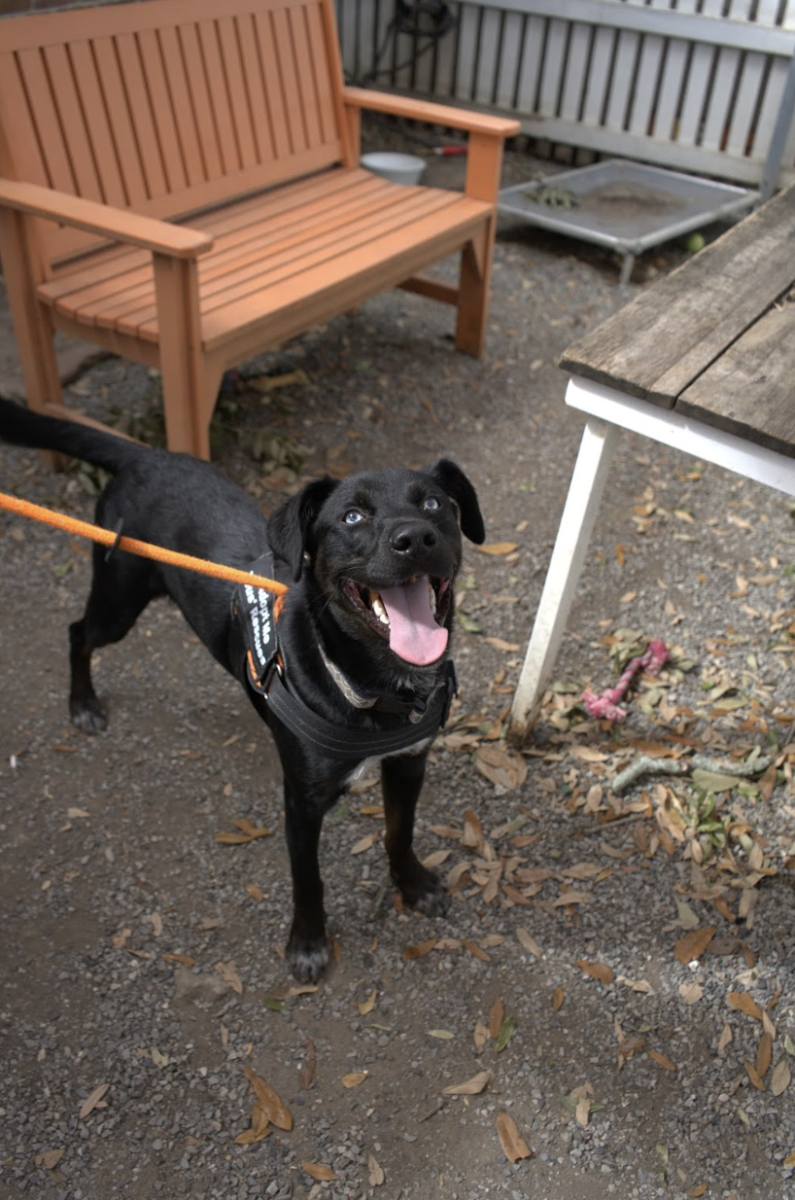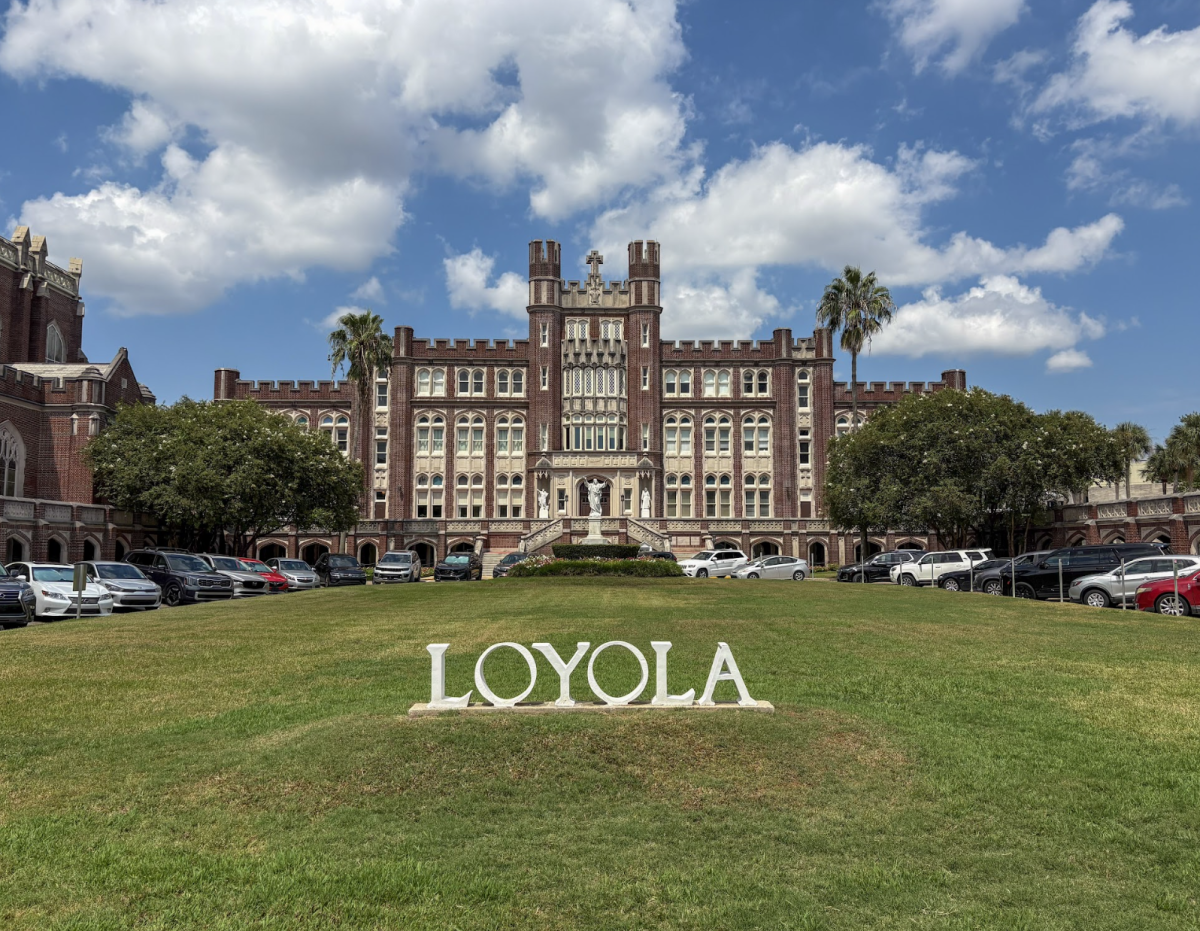Loyola University’s Police Department has quieted rumors across campus regarding facial recognition capabilities within the campus’ surveillance cameras, which utilize artificial intelligence.
Since the beginning of the semester, students have murmured about the security cameras in Uptown Hall, nervous about how advanced the AI intelligence system is and how it could be faulty.
“From what I understand, and this is very much like ‘students trying to have autonomy on campus type’ perspective, I know that they have facial recognition technology, or at least I’ve heard that,” said Mallory Phillips, sophomore history & Spanish double major at Loyola.
Phillips had only heard about the cameras in the new Uptown Residence Hall, stating that they were unsure about surveillance capabilities on the greater Loyola campus.
The cameras aren’t as high tech as some students may think, according to LUPD’s Chief of Police, Daniel Spangler.
The surveillance cameras, acquired through the “Avigalon” security company, are equipped with pattern recognition by recording and storing the pixels, but it lacks advanced capabilities such as facial recognition, or matching students’ faces to their student ID photos.
“It is not like in the movies where the person using the cameras can zoom in on someone’s face, and their name and information pop up on the screen,” Spangler said.
The cameras are not exclusive to Uptown Hall, either. Loyola has been incorporating the Avigalon security system onto both main and law campuses for about three years. As older cameras break, they are replaced with newer, higher quality surveillance cameras.
Pattern recognition occurs through pixel matching. Surveillance footage is recorded and then stored for about six months before being automatically deleted, and footage is only recorded when it detects motion. According to Spangler, the pixel matching has relatively simple capabilities.
“It can tell the difference between a person and a dog, or a pick-up truck and a sedan,” Spangler said.
The intelligence system can also track colors, but not distinct details.
“We cannot zoom in from across a quad and read someone’s computer or phone screen,” Spangler said.
For example, if an incident occurs on a Thursday afternoon in an Uptown stairwell and a student was wearing a purple shirt, an officer could search for footage during the day and time, and the color of the shirt.
All footage still needs to be reviewed by an officer; AI is just able to assist LUPD in whittling down the amount of stored footage to search through, according to Spangler.
“That’s a relief, because I think it’s the facial recognition that is frightening,” Phillips said after being informed of the actual functionalities of the Avigalon cameras.
Martin Gomien, a sophomore music education major, shared similar sentiments to Phillips.
“I think I would feel more strongly about [the security system] if it were able to identify faces and match them,” Gomien said.
Additionally, the artificial intelligence is also able to identify colors. For example, it can distinguish between a red shirt or black shirt.
Pattern recognition through tracking the pixels on the screen isn’t a perfect process, according to Spangler. Footage still needs to be reviewed by an LUPD officer.
While some students don’t see much of an issue with the use of AI in the surveillance system, Gomien thinks that as AI technologies expand, the security cameras could pose a greater issue down the road.
“With this very bare bone structure of just detecting motion to turn the recording on, detecting black shirt, I think it isn’t terribly bad, but I think with the direction it’s moving it definitely could be, and sooner rather than later,” Gomien said.
According to Spangler, Avigalon does have products with facial recognition capabilities, however LUPD has “no plans to make use of any facial recognition software on campus.”
Alternatively, both Gomien and Phillips think that Loyola should have measures in place to prevent crime on campus, not just have systems in place to catch an individual after-the-fact.
“I think that sometimes we say it’s to keep people on campus safe, but I always feel like security camera footage is used punitively after things have already happened,” Phillips said. “So you just have these cameras that are watching you, but I don’t think they’re preventing any kind of crime.”
For both students, a similar question was raised: Why should the university put more money into what happens after an event on campus rather than putting money and energy into keeping campus safe?
Nearly all of Loyola’s buildings are equipped with key cards, and the residential buildings remain permanently locked unless you have a student ID.
If someone is able to enter a residential building and do harm there is a larger problem at hand that security cameras can’t solve, according to Gomien.
“I don’t feel like we need to spend money on stuff like that. I don’t feel any more safe knowing that there’s a camera there, because I don’t think it’s gonna stop anything from happening,” Phillips said.
Slowly replacing the security cameras across campus is time consuming and expensive, according to Spangler. Phillips, however, thinks that the money dedicated to the surveillance cameras could be better spent elsewhere.
“I just think it’s a waste of money and a waste of energy, because I know that AI takes a lot of energy, and I don’t think it’s necessary,” Phillips said. “So my concern would be, can we demolish Biever and build a building that doesn’t have mold with this money instead of making a marginally more effective security camera?”



